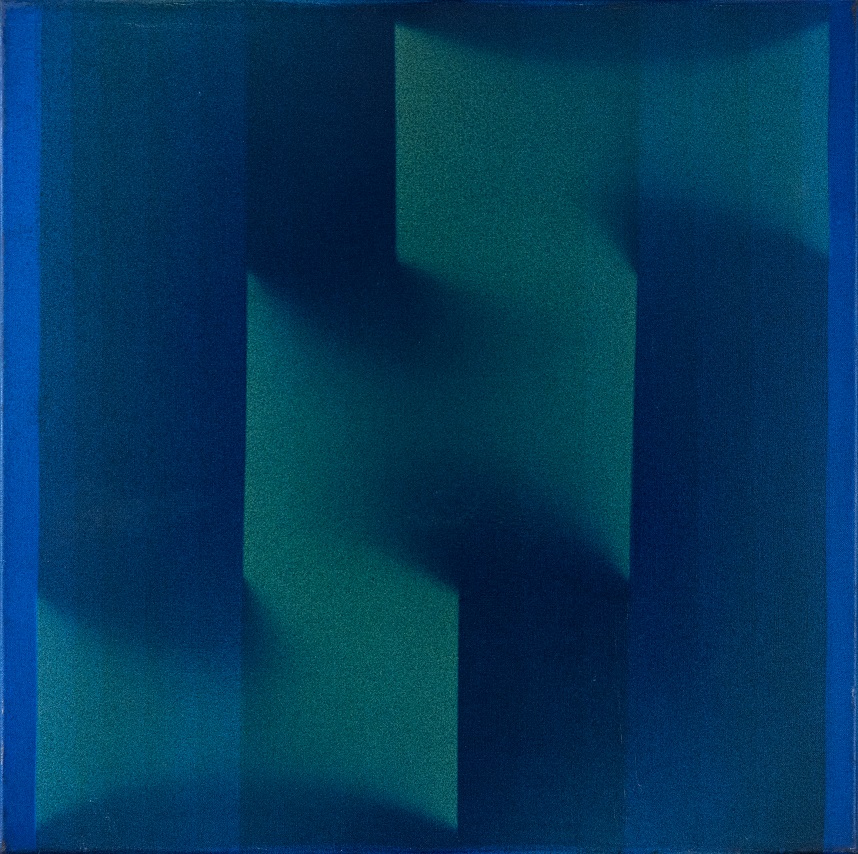In 1952 he graduated from the Pirilidiano Pueyrredón National School of Fine Arts (today IUNA Visual Arts) with the title of Professor of Visual Arts. He had as teachers, among others, Lino Enea Spilimbergo and Eugenio Daneri. He was Rector of the same from 1989 to 1991. He was also Professor of Painting and Thesis Director at the Ernesto de la Cárcova Higher School of Fine Arts
He generated all of his work in his workshop in Buenos Aires, from where he projected it to Argentina and the world.
He investigated naturalism and studied line as expression. Over time, his expressive needs led him to relate to Post-Cubism until he began to investigate Abstraction and Geometry. He was a member of the “Young Group” (1949-1951), and in 1959 he founded, together with Eduardo Mac Entyre, the Generative Art Movement of Buenos Aires, promoted by the collector Ignacio Pirovano and by the critic Rafael Squirruen 1960.
He carried out one of the first editions of digital art with images made on one of the first computers in the country at the ORT Schools Computing Center. Some pieces from that edition were shown at the Art and Cybernetics exhibition, organized by the Center for Art and Communication (CAyC) at the Bonino gallery in August 1969 and today are part of the collection of the Victoria & Albert Museum in London.
In his Topological Period Vidal became interested in the new scientific concepts of these phenomena that develop in space, he took them and developed them to give a new visual proposal. He works in acrylic and metal boxes to enter real space in three dimensions, a topological space where light is reflected, in concave and convex surfaces, which he manages to transfer to the canvas.-
From the end of the seventies and beginning of the eighties, light gains autonomy and prevails over every element in Vidal’s painting, it seems to take over the space, radiating greater energy. The bands of color work with glazes and the limits become imprecise, the curves with melodic rhythms are visualized almost tactilely.


 Vidal Miguel Angel
Vidal Miguel Angel